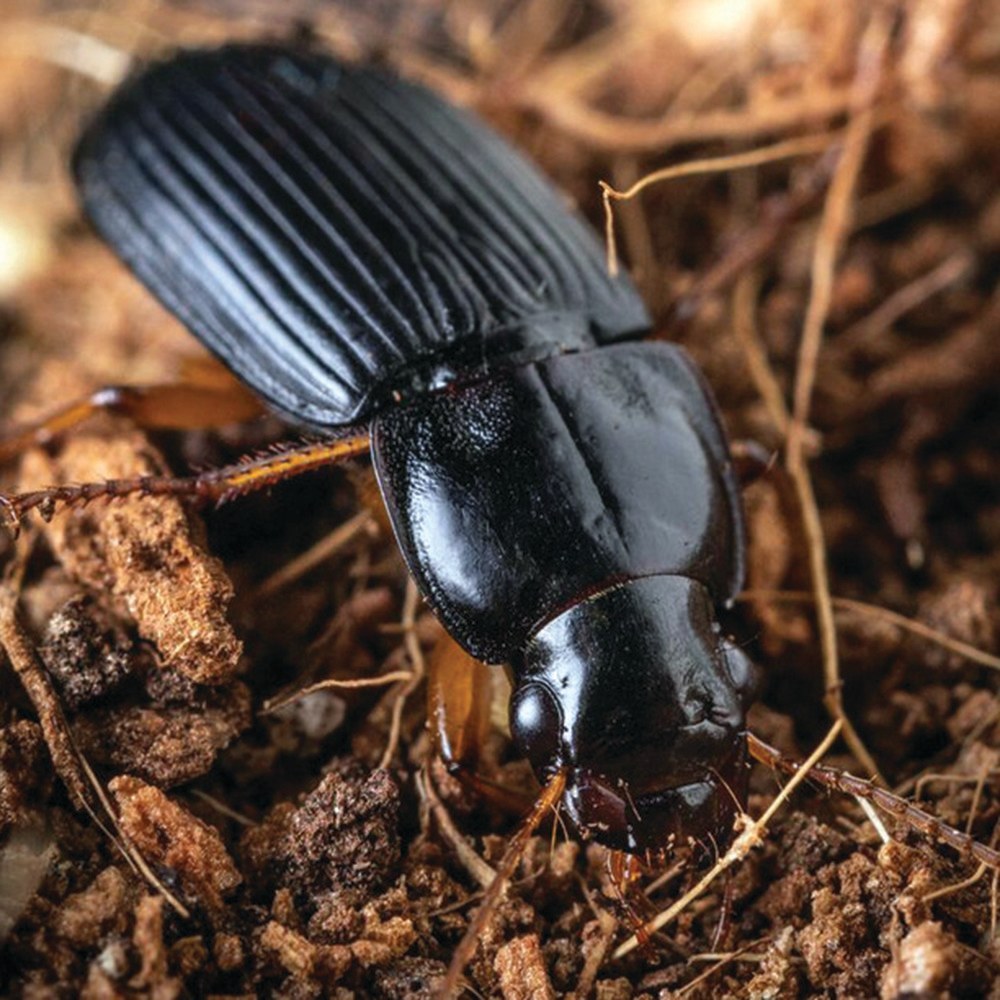Posted: October 4, 2019
A material that protects beetles from being burned by their own defensive weapons holds promise for biomedical applications.

Carabid beetles spray caustic chemicals to defend themselves against predators, but until now, no one understood how the insects avoid being harmed by their own weapons.
Using an investigative process pioneered at Penn State--autofluorescence-based laser scanning microscopy--Tanya Renner, assistant professor of entomology, and colleagues found the answer.
The family Carabidae represents an extremely diverse line of insects, with almost 40,000 species. One of the traits that allows them to thrive is a unique gland system. It manufactures, stores, and propels toxic chemicals--such as formic acid, phenolics, and concentrated hydrogen peroxide--to ward off insect, amphibian, and even small mammalian predators. The tissues that comprise the gland system and contain the defensive chemicals have long been a mystery to entomologists.
"We had no idea what these tissues were made of," said Renner.
The team, which included Adam Rork, doctoral student in entomology, found the tissues in the glandular system transporting the defensive chemicals to be rich in soft, rubbery resilin, a compound found in many insects and other arthropods.
Renner believes resilin could be used in future bioengineering and biomedical applications due to its unusual properties.
"Since it is impermeable, highly resistant to chemicals, and flexible, resilin appears to be a strong candidate for a barrier material in applications where we need to keep two different chemicals away from each other but within the same environment."
--Jeff Mulhollem
Features
Breaking the Silence on Farm Stress
Farming has always been a demanding profession, but today's farmers face unprecedented pressures that can severely impact their mental health.
Biting Back
Research Targets Vector-Borne Diseases to Save Lives
Leading Forward
Ott brings deep connection to role of dean.


